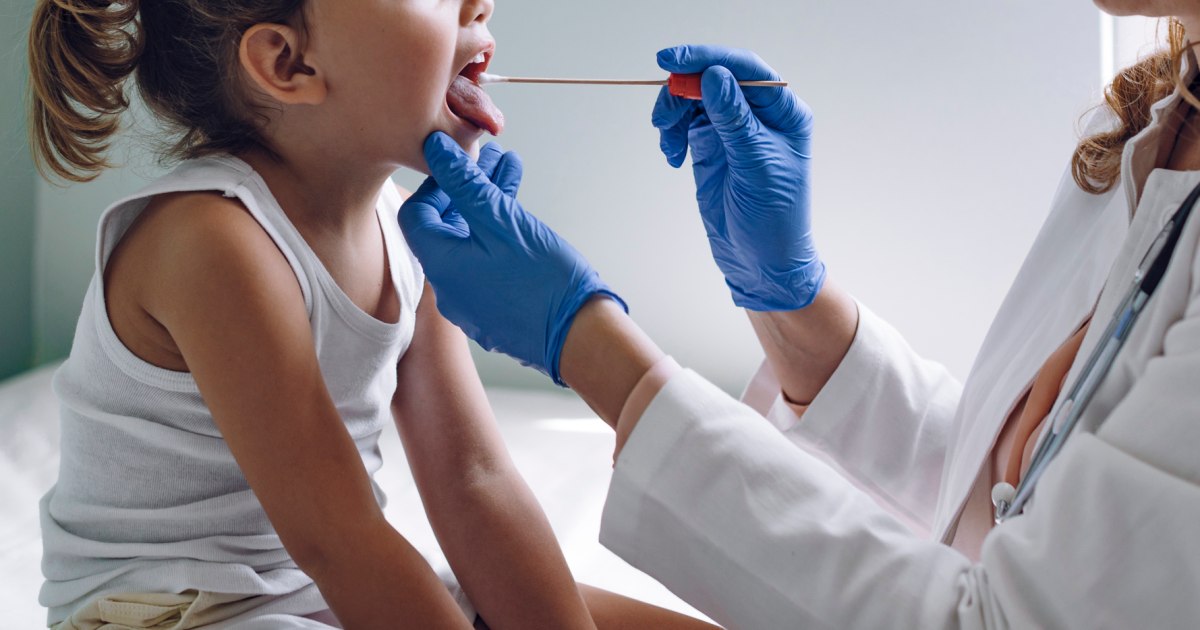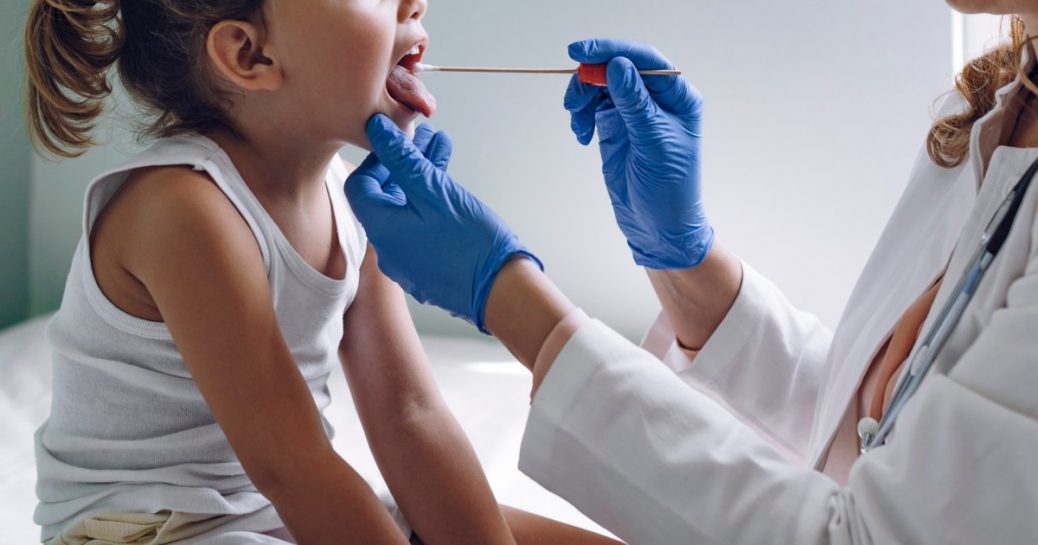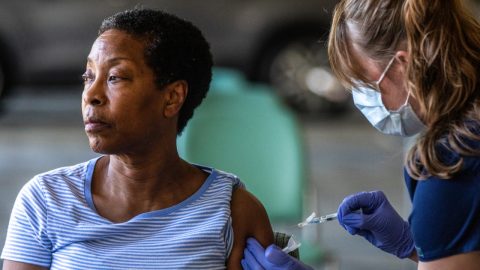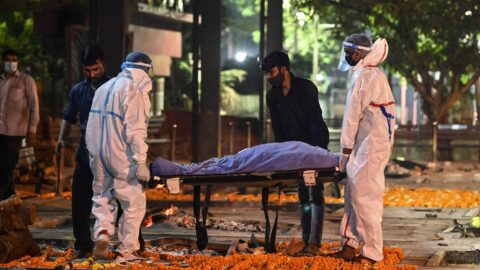
Strep throat is surging among children in some pockets of the country, raising concerns that a shortage of antibiotics to treat it could worsen as the nation heads into winter.
An unprecedented number of otherwise healthy adults and children are coming into the emergency room at Henry Ford Medical Center — Fairlane in Dearborn, Michigan, sick with strep, said Dr. Jennifer Stevenson, the head of the emergency department.
“I’ve been practicing emergency medicine for 25 years, and I have not seen strep throat as frequently as I have in these past six or eight months,” Stevenson said.
In fact, strep has been the second most common diagnosis in Stevenson’s emergency department since March, following chest pain. Many of the patients also had Covid.
The bacterial illness, marked by painful, scratchy throats and high fevers, has been rising for months in parts of the mid-Atlantic and the Southeast, as well.
We are “absolutely seeing a significant increase in strep” that began over the summer, said Dr. Thomas Lacy, the division chief for Nemours Children’s Primary Care. The Nemours system includes children’s hospitals and dozens of pediatricians in Delaware, Florida and Pennsylvania.
Why is strep bad right now?
Cases of invasive strep A — a similar type of bacterium that also causes scarlet fever and impetigo — have been increasingly diagnosed over the past decade, but it’s the common form of the illness that’s affecting children in hospitals right now, Stevenson and Lacy said.
It’s unclear why strep is making a strong comeback this year, though the Covid pandemic did disrupt the typical cadence of seasonal illnesses, such as RSV and the flu.
Lacy said his teams in Delaware and Pennsylvania have noted a 300% to 400% increase in strep throat since school began this fall compared to last year. In Florida, the number of strep cases is more than double what it was last year at this time.
“Strep is really zooming back,” Lacy said.
Epic Research, which tracks electronic health records nationwide, has detected a steady increase in strep throat, particularly among kids ages 4 to 12, since the beginning of August. That includes diagnoses made in urgent care facilities and emergency departments and at pediatricians’ offices.
Fortunately, the strep outbreak isn’t everywhere. Some of the largest medical centers in the country reached by NBC News — including hospitals in Cleveland, Pittsburgh, San Diego and Seattle — are not seeing notable increases.
Doctors aren’t usually required to report strep throat diagnoses to their local or state health departments, as they would be for other illnesses, such as Covid or measles, although the Centers for Disease Control and Prevention estimates 5 million outpatient visits each year are due to noninvasive group A strep.
After an unusually high spike in strep last year, current strep throat levels appear to be restoring to pre-pandemic proportions, according to the Epic data.
That’s how it feels for Dr. Victoria Valencia, the interim director of the Health Center for Student Care at Tulane University in New Orleans. Valencia said her team saw an uptick in strep cases on campus right after the semester began this fall.
“Anecdotally, we’re seeing similar numbers to what we saw in 2019 before the pandemic,” Valencia said. “I don’t feel inundated.”
What are the symptoms of strep throat?
According to Stevenson and Valencia, most children who test positive for strep throat have:
- Sore throat.
- Extreme fatigue.
- Fever that may spike up to 103 degrees Fahrenheit.
Children 12 and younger may also have:
- Abdominal pain.
- Nausea.
- Vomiting.
- Lymph nodes in the gut may become inflamed during a strep infection, causing pain in small children.
- Tonsils may become so swollen that they stimulate kids’ gag reflexes.
Sometimes, untreated strep infections can lead to complications, such as a kind of kidney disease.
A shortage in treatment
Strep throat is easily treatable with a widely used antibiotic called amoxicillin, Stevenson said. “Usually within about 24 hours of starting that antibiotic, the patient’s going to feel a whole lot better,” she said.
What’s more, children are much less contagious after they start the antibiotic. If strep is left untreated, kids can continue to infect others for weeks, usually through respiratory droplets.
But the drug, especially the form given to young children, has been in short supply for a year, according to the Food and Drug Administration.
“This is a very difficult situation,” Lacy said. “Spot shortages are forcing us to turn to different antibiotics, sometimes antibiotics that we would not have used” as first-line treatments.
While most pharmacies in Stevenson’s area of Michigan have been able to stock the drug, “I expect that as we get into these cooler months, we’re going to see more infections and parents are going to have a difficult time finding this medication for their kids.”
Follow NBC HEALTH on Twitter & Facebook.










Recent Comments